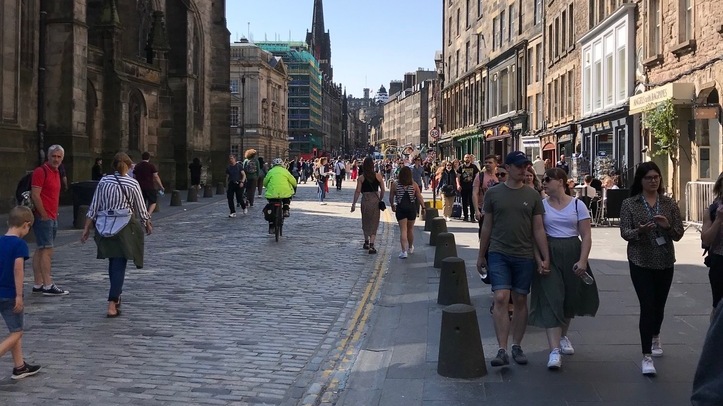Store closures are at their lowest rate in seven years but new openings continue to lag behind pre-pandemic levels, according to the latest Store Openings and Closures report from PWC and the Local Data Company (LDC).
The findings show a net closure rate of 12 stores per day during the first six months of 2022, with 6,146 store closures (-30% year-on-year compared with 2021) from multiple retail operators (five or more outlets nationally) and 3,888 openings (+11% YoY vs 2021) – resulting in the lowest number of net closures (2,258) in five years
While closures have been on an accelerating trend since the mid 2010s – driven primarily by the shift to online retail and the cull of service outlets such as banking and post office branches – this was offset to some extent by the growth of leisure operators, such as casual dining restaurant chains and coffee shops. The pandemic saw a significant shake-out of many restaurants and fashion chains, the report notes, which has now slowed due to the release of post-pandemic pent-up demand.
The retail closure rate now stands at half the level it was is the first half of 2020, although new openings have stabilised but are yet to start showing signs of any notable increase, although amusement arcades, takeaways with home delivery services and DIY shops have shown a net increase in outlets.
Lisa Hooker, industry leader for Consumer Markets at PwC UK, said: “While the outlook is better than it was during the height of the pandemic, it’s worth noting that the numbers still show a decline, with our net numbers equating to 12 closures a day in the first half of this year. Added to that, retail footfall remains 10-15% below pre-pandemic levels and openings lack momentum, particularly outside leisure.
“While shopping behaviours have changed, the high street has stood the test of time, with a post-pandemic bounce back and our research indicating that the younger generation has more affinity with shops than perhaps expected. But it remains in a state of transition, and cosmetic interventions alone will not succeed. Success is also likely to depend on the focus of a new Prime Minister, and how they intend to help high streets. “
Lucy Stainton, commercial director at The Local Data Company, added:
“Although it has been over two years since the start of the pandemic, we are still yet to define our ‘new normal’ which is having a sustained impact on city centre locations with many new openings being focussed on smaller market towns and local high streets as people continue to work from home, with city centres further hampered by both train strikes and airport travel disruption reducing tourist numbers.
“What’s clear from the latest numbers is that the impact of Covid-19 has finally washed through. However, we now face a new round of economic headwinds, so it remains to be seen if we can really expect this more positive trajectory to continue. That being said, surviving operators have learned huge lessons over the last couple of years and are well versed in the need to remain agile – so as an industry, we are better placed to survive these economic shocks and market challenges.”
The analysis was derived from The Local Data Company visiting over 3,200 high streets, shopping centres and retail parks across Great Britain, tracking 204,618 outlets between January 1, 2022 and June 30, 2022.



